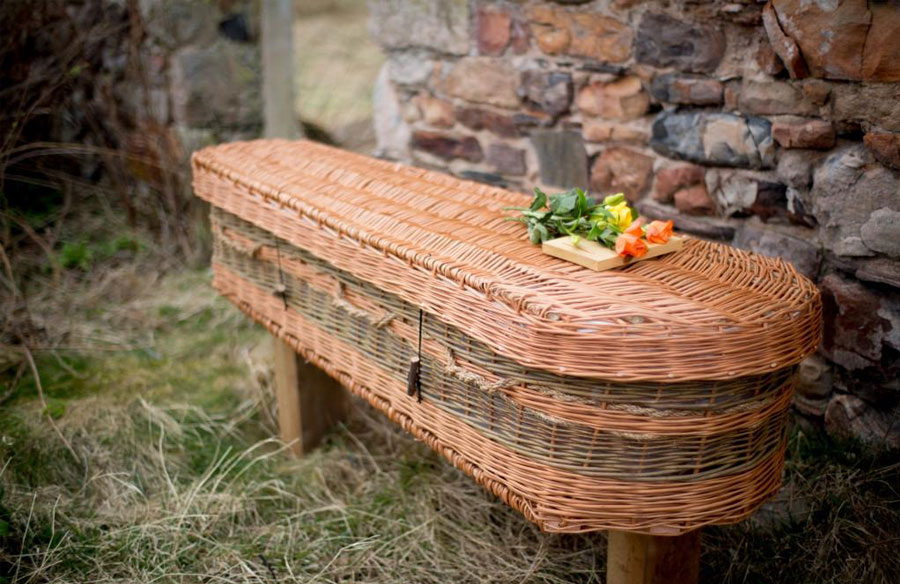Willows, also called sallows, are a genus of trees and shrubs that are found primarily on moist soils in the cold and temperate regions of the Northern Hemisphere. They are fast growing and considered to be a pioneer species as they will readily put down roots from cuttings or where broken branches lie on the ground. In fact, some species will even grow into new trees from willow branches stuck in the soil upside down! All species of willow are known for their abundant watery sap, tough wood, and slender, pliable branches.
There are around 400 species of willow globally, which readily form hybrids between species. In Scotland we have 7 native species of willow:
The word Salix is thought to be derived from two Celtic words – “sal” for near, and “lis” for water. And that’s exactly where it grows. It is widespread across Scotland, and can commonly be found growing along bodies of water such as canals, rivers, and streams, and in moist, wet soils across the country including wetlands, woodlands and boggy ground.
As a pioneer species, willow will readily colonise open ground and is often the first woody species to become established in wetter areas. It is often found growing grouped together in dense groups or stands, with the exception of the goat willow (Salix caprea) which is normally scattered as individuals in woodlands.
Willow trees and shrubs have a wide variety of uses, and different parts of the plant can be used in different ways:
The wood from willow is tough but is not commonly used for timber as the trees are often coppiced or pollarded to produce long slender shoots to be used for wickerwork and basketry. Trees which are grown larger produce wood that is tough and hard wearing, and are often used to produce cricket bats and tool handles. Historically, the wood was also used to make ‘wattle’ – a woven lattice of wooden strips that formed the framework of house walls.
Willow bark and leaves are rich in a compound called salicin, which is metabolised in the body into salicylic acid when ingested. The bark has historically been used as an anti-inflammatory to relieve aches and pains, joint inflammation, headaches and toothaches (to name just a few uses). In the early nineteenth century modern science isolated the active ingredient in willow bark to create the world’s first synthetic drug in the form of Aspirin. To this day, willow bark can be purchased as a nutritional supplement and may benefit people who suffer from rheumatic conditions such as arthritis.
The long, slender twigs that grow from coppiced or pollarded trees are commonly used for wicker weaving. They can be used to create baskets, containers, furniture, and even coffins! Naturally Useful are a willow weaving company in Moray, in the north of Scotland, who use locally grown willow to weave coffins and urns for burial and cremation. They offer an eco-friendly, biodegradable option to traditional wooden coffins. The twigs from willow can also burn well and are used to create charcoal for drawing.

There has also been research into the use of willow as a biomass fuel source as it is fast growing and burns well. Wood fuel provides sustainable and clean energy, and could provide an alternative to burning fossil fuels in both homes and commercial settings.
Some species of willow grow distinctive fluffy catkins and are collected/harvested and sold in small bundles for decorative purposes in the home.

Willow is predominantly grown from trees that have been coppiced or pollarded, which is the practice of cutting the tree down to a specific height. In the case of coppicing the tree is cut down to a stool at ground level, whereas pollarding cuts the tree down to a height of around 2 or 3 meters above the ground. This keeps the trees in a juvenile state and encourages long, slender stems to grow from the stump. These long whips of willow are then harvested for basketry and weaving after 1 – 3 years of regrowth.
Willow is a renewable and sustainable material that grows readily and easily within Scotland and there is an abundant supply. It also provides a valuable home for many species of animals and insects. The Salix genus as a whole supports an estimated 540 species of invertebrates across the UK, including a number of rare moths. They also provide an important winter food source for the European beaver. Beavers were hunted to extinction in Scotland in the 16th century, but were reintroduced to the Tayside region in 2009 and are now resident in the River Tay.
The roots of willow spread widely and can grow aggressively to seek out moisture, which can become problematic in residential and built up areas where they have been known to block drains and pipes. On the other hand, the dense root system that willow plants lay down can be very useful in the right locations and willow can be grown along the banks of streams and rivers to provide stability.
“Trees and Shrubs Native to Scotland”. Nature Scotland, https://www.nature.scot/sites/default/files/2017-11/Guidance%20-%20to%20assist%20with%20hedge%20and%20small-scale%20tree%20planting%20in%20AECS%20-%20Trees%20and%20shrubs%20native%20to%20Scotland.pdf. Accessed 18th February 2021.
“Landscapes – Native Scottish Trees”. Common Culture, https://commonculture.org.uk/landscapes-native-scottish-trees/. Accessed 18th February 2021.
Kendall, Paul. “Willow Tree Mythology and Folklore”. Trees for Life, https://treesforlife.org.uk/into-the-forest/trees-plants-animals/trees/willow/willow-mythology-and-folklore/. Accessed 18th February 2021.
“Willow”. Trees for Life, https://treesforlife.org.uk/into-the-forest/trees-plants-animals/trees/willow/. Accessed 18th February 2021.
“Wood Species Database: Willow”. Trada, https://timberdevelopment.uk/wood-species/willow/. Accessed 18th February 2021.
Borland, Stewart. “Tremendous Trees – Sallow (Goat Willow)”. Highland Titles, https://www.highlandtitles.com/blog/tremendous-trees-sallow-goat-willow/. Accessed 18th February 2021.
Susan, Dawn. “Willow for Baskets”. Woven Communities: Basketmaking Communities in Scotland, http://wovencommunities.org/collection/willow-for-baskets/. Accessed 18th February 2021.
“Scottish Basketmakers Circle”. Scottish Basketmakers Circle, https://www.scottishbasketmakerscircle.org. Accessed 18th February 2021.
“Coffins and Urns”. Naturally Useful, http://naturallyuseful.co.uk/handmade-coffins-and-urns/.Accessed 18th February 2021.
“Woodfuel and Bioenergy: Trial Species”. Scottish Forestry, https://forestry.gov.scot/forests-environment/climate-change/woodfuel-and-bio-energy/energy-forestry-exemplar-trials/trial-species. Accessed 18th February 2021.
“Perth Becomes First UK City Centre with Resident Beavers”. BBC News, https://www.bbc.co.uk/news/uk-scotland-tayside-central-56111873. Accessed 18th February 2021.